Amphibian Encounters
By Emily Pomeroy
It’s that time of year again; our slick, slippery friends are out and about! Here in the Santa Cruz Mountains, we’re fortunate to live amongst a myriad of newt and salamander species that come out to say hello during the spring. In our county there are more than ten species of salamanders and newts and even more subspecies, including Ensatina, slender, and arboreal salamanders; California and rough-skinned newts; and others. Limited by geographical barriers such as mountain ranges, water bodies, and even slight differences in microclimate, many of the species that live here are found nowhere else in the world.
These small amphibians estivate during dry months, hiding underground to avoid drying out their skin. All amphibians enjoy moist conditions, and most require bodies of water to complete their life cycle. Many salamanders do not have lungs and instead breathe by exchanging oxygen through their mucus-covered skin, a trait that makes these organisms particularly vulnerable to changes in air, water, and soil chemistry. Once the rainy season arrives, they emerge from their burrows to eat and reproduce. Typically, salamanders will lay their eggs in small bodies of water while some species, such as the Ensatina, may choose the underside of a moist log.
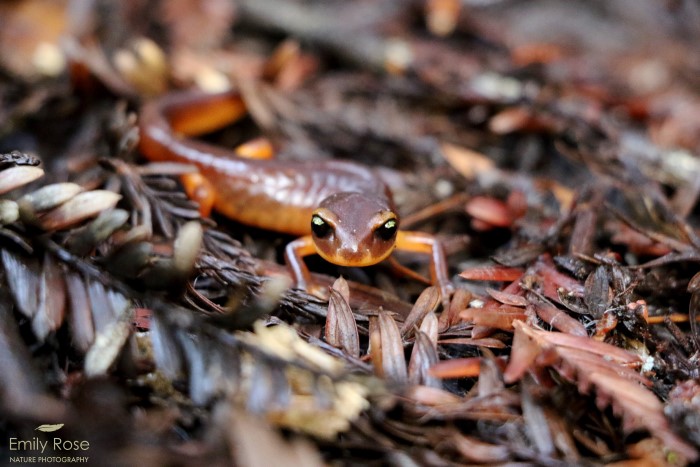
With so many different species of amphibians in one area, it’s only natural that some would take notes from their neighbors. One such case of shared, or perhaps plagiarized, evolutionary knowledge is between the California newt and the Ensatina salamander. There are several subspecies of Ensatina salamander (Ensatina eschscholtzii), which occupy various ranges along the West coast. In Santa Cruz, the dominant subspecies is the yellow-eyed Ensatina (Ensatina eschscholtzii xanthoptica), which has a characteristic yellow flash in each of its eyes and a bright orange belly. Researchers believe that these adaptations have to do with the salamander overlapping in range with the California and rough-skinned newt (Taricha torosa and Taricha granulosa), which also have yellow on their eyes and prominent orange bellies as a warning sign to predators of their toxicity. The yellow eyes in the Ensatina salamander could be a form of mimicry, whereas the Ensatina’s resemblance of a newt helps it to deter predators by tricking them into thinking they may be toxic.
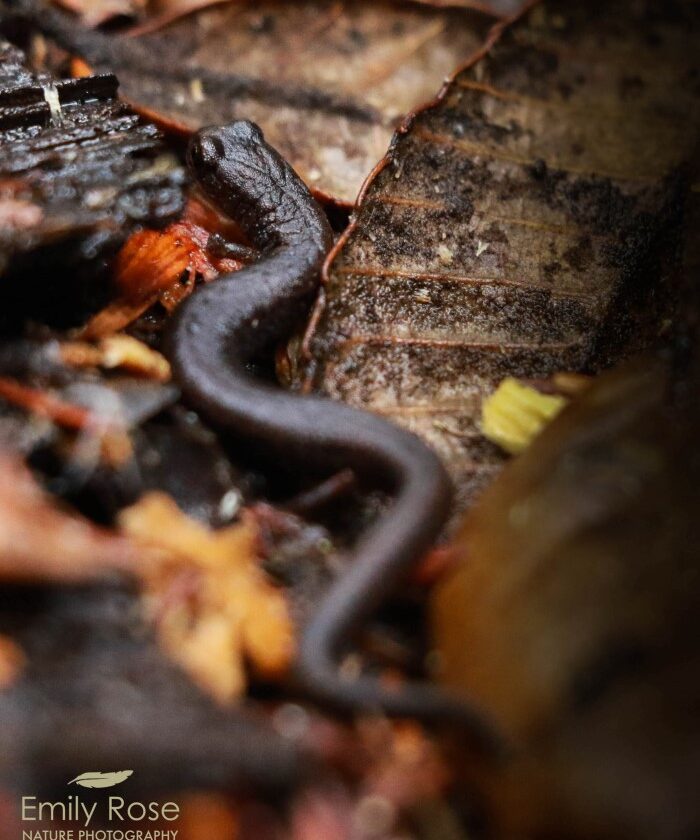
Like many wildlife species, our amphibian acquaintances face many threats including loss of habitat, poisoning from chemical pollutants, disease, and others. Some species have experienced notable declines and have therefore been determined to require special protections, such as the endangered Santa Cruz long-toed salamander (Ambystoma macrodactylum croceum), threatened California tiger salamander (Ambystoma californiense), and the California giant salamander (Dicamptodon ensatus), a species of special concern.
Though they may be small, these remarkable beings are an integral part of our local ecosystems. They consume a variety of invertebrates and are a source of food for many types of animals including birds, small mammals, and even other amphibians. Leaving fallen branches and leaf litter will help to provide habitat for our amphibian allies, allowing them to find places to rest, hide, and find food. Avoiding the use of chemical pesticides and herbicides also helps to support thriving and balanced ecological systems and will decrease the risk of local amphibians absorbing these pollutants through their skin. As members of this shared ecological community, it is critical that we take steps to support our neighbors, even if they are a bit slimy!
Emily Pomeroy is a biology enthusiast and passionate environmentalist with a love of photography. She earned a B.S. in Wildlife Science from SUNY College of Environmental Science and Forestry.. Emily captures and shares images of the natural world in the hopes that it will inspire others to aid in the protection of our planet.
Instagram: @emilyrose_naturephoto
Featured photo: California News (Taricha torosa) Olympia Watershed, Ben Lomond, California. All photos by Emily Pomeroy
The San Lorenzo Valley Post is your essential guide to life in the Santa Cruz Mountains. We're dedicated to delivering the latest news, events, and stories that matter to our community. From local government to schools, from environmental issues to the arts, we're committed to providing comprehensive and unbiased coverage. We believe in the power of community journalism and strive to be a platform for diverse voices.

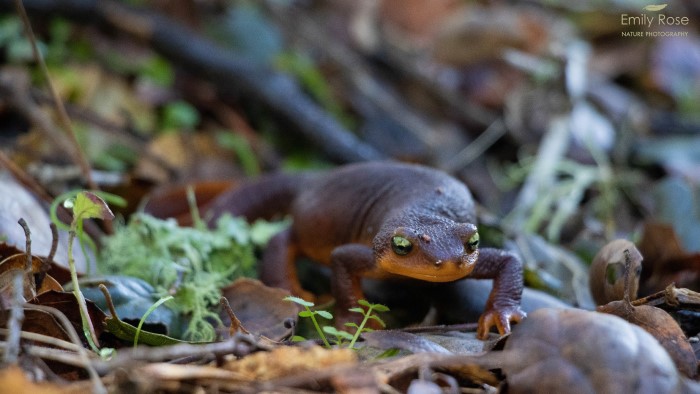

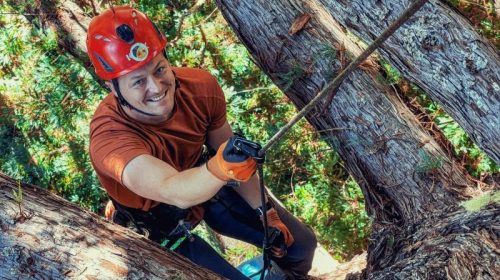
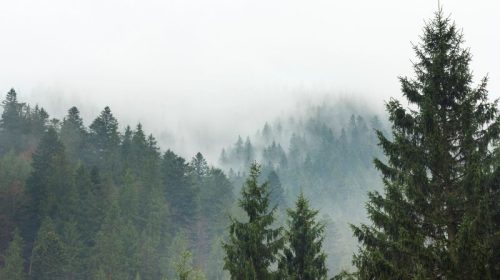

Are the local newts endangered? We have a few that laid eggs in our yard in a pool of water that is quickly evaporating.